About Publications Library Archives
heritagepost.org

Preserving Revolutionary & Civil War History

Preserving Revolutionary & Civil War History
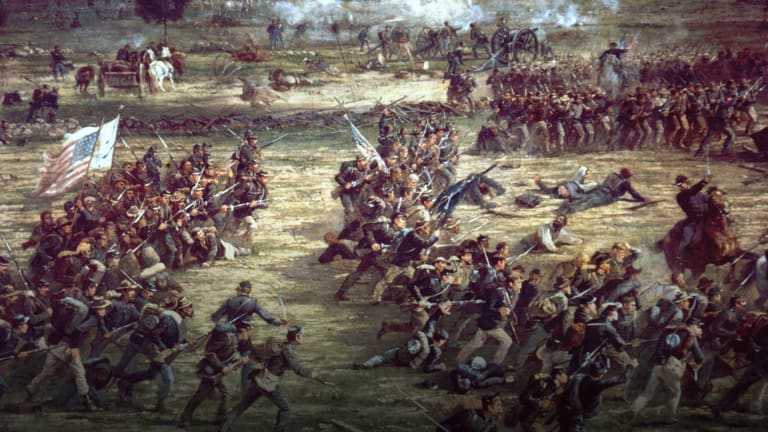
Author: Josiah C. Fuller Date:1863 Annotation: When his forces drove northward into Pennsylvania, Lee assumed, mistakenly, that Union forces were still in Virgina. When he suddenly realized that Union forces were in close pursuit, he ordered his forces, which were strung out from Maryland to Harrisburg, Pennsylvania, to converge at Gettysburg, Pennsyvania, a central…
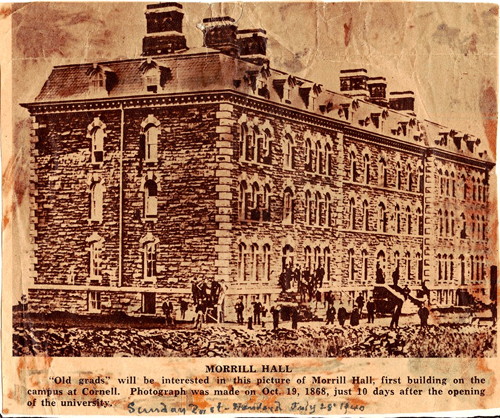
Annotation: Congressional act to establish land grant colleges. The Morrill Act was introduced by Congressman Justin Morrill of Vermont. Under the act, each state that had remained in the Union received 30,000 acres of federal land for each member of its congressional delegation. The states sold the land and used the money to establish “land-grant”…

Author: George C. Burling Date:1862 Annotation: Almost as many soldiers died during the Civil War as in all other American wars combined. Union combat deaths totalled 111,904; another 197,388 died of disease, 30,192 in prison, and 24,881 as a result of accidents. Another 277,401 Union solders were wounded. Confederate casualties were nearly as high,…

Author: David V.M. Smith Date:1862 Annotation: The Civil War separated families in unprecedented numbers and freed women to assume many new roles. With the departure of many men into the military, women entered many occupations previously reserved for men only: in factories, shops, and especially, the expanding civil service, where women took jobs as…

Author: Abraham Lincoln Date:1862 Annotation: The United States achieved independence in part because foreign countries such as France and Spain, entered the war against Britain on the American side. The Confederacy, too, hoped for foreign aid. In a bold bid to win European support, the Confederacy sought to win a major victory on northern…
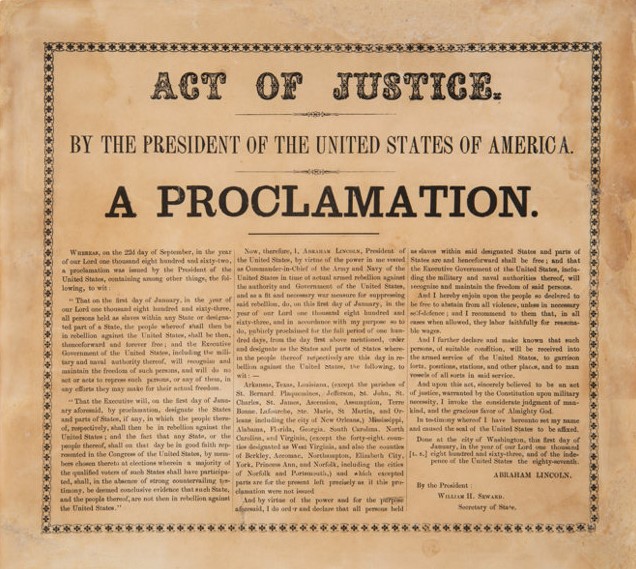
Author: Abraham Lincoln Date:1862 Annotation: On September 22, 1862, less than a week after the Battle of Antietam, President Lincoln met with his cabinet. As one cabinet member, Samuel P. Chase, recorded in his diary, the President told them that he had “thought a great deal about the relation of this war to Slavery”:…

Author: John Ross Date:1862 Annotation: In 1861, many Cherokees, Chickasaws, Choctaws, Creeks, and Seminoles decided to join the Confederacy, in part because some of the tribes’ members owned slaves. In return, the Confederate states agreed to pay all annuities that the U.S. government had provided and let the tribes send delegates to the Confederate…
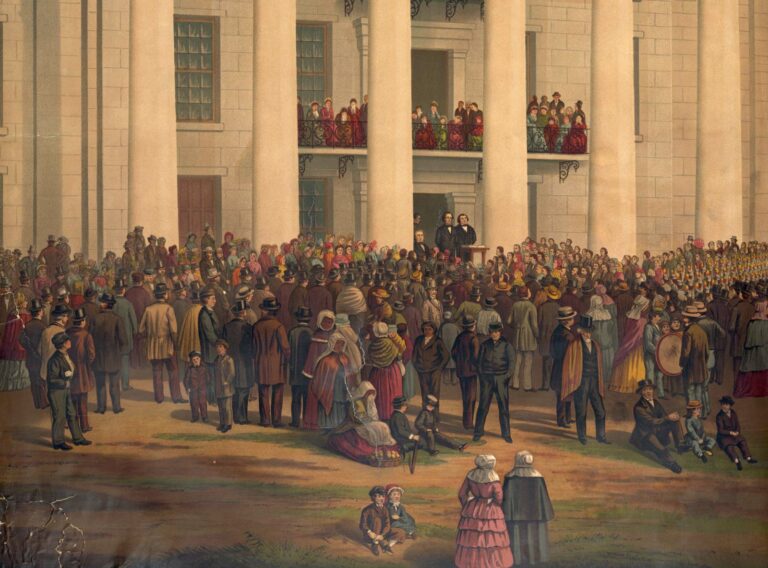
Author: Jefferson Davis Date:1862 Annotation: In the eastern theater, Union General George McClellan’s plan was to land northern forces on a peninsula between the York and James rivers southeast of Richmond and then march on the southern capital. In March 1862, McClelland landed over 100,000 men on the peninsula, only to find his path…
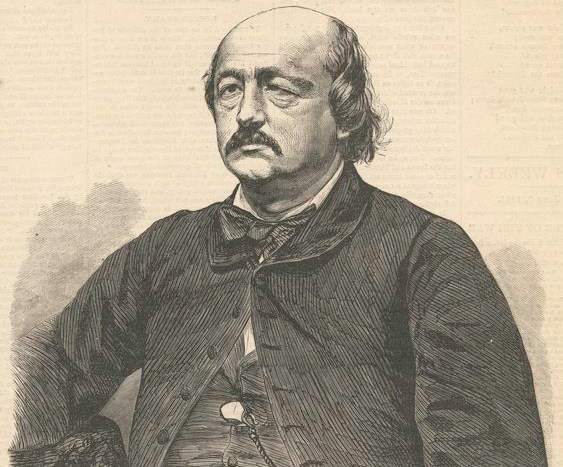
Author: General Pierre G.T. Beauregard Date:1862 Annotation: The Civil War witnessed a will to destroy and a spirit of intolerance that conflicted with Americans’ self-image as a tolerant people committed to compromise. Not only did the conflict see the use of shrapnel and booby traps, it reportedly saw a few southern women wear necklasses…
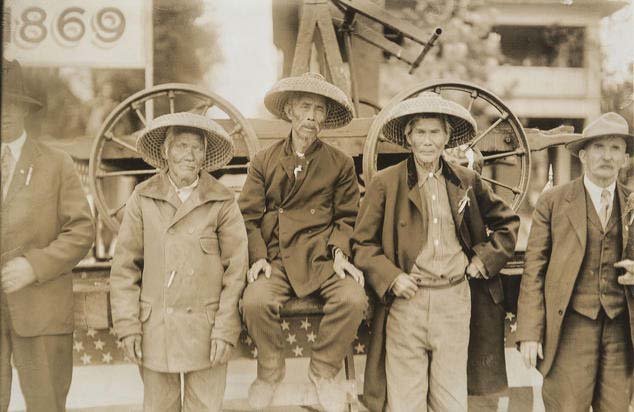
Author: Ellen Greene Date:1862 Annotation: In 1862, the California legislature approved an act to discourage Chinese immigration and protect white workers against competition with Chinese laborers. Document: April 26, 1862 The People of the State of California, represented in Senate and Assembly, do enact as follows: SECTION 1. There is hereby levied on each…